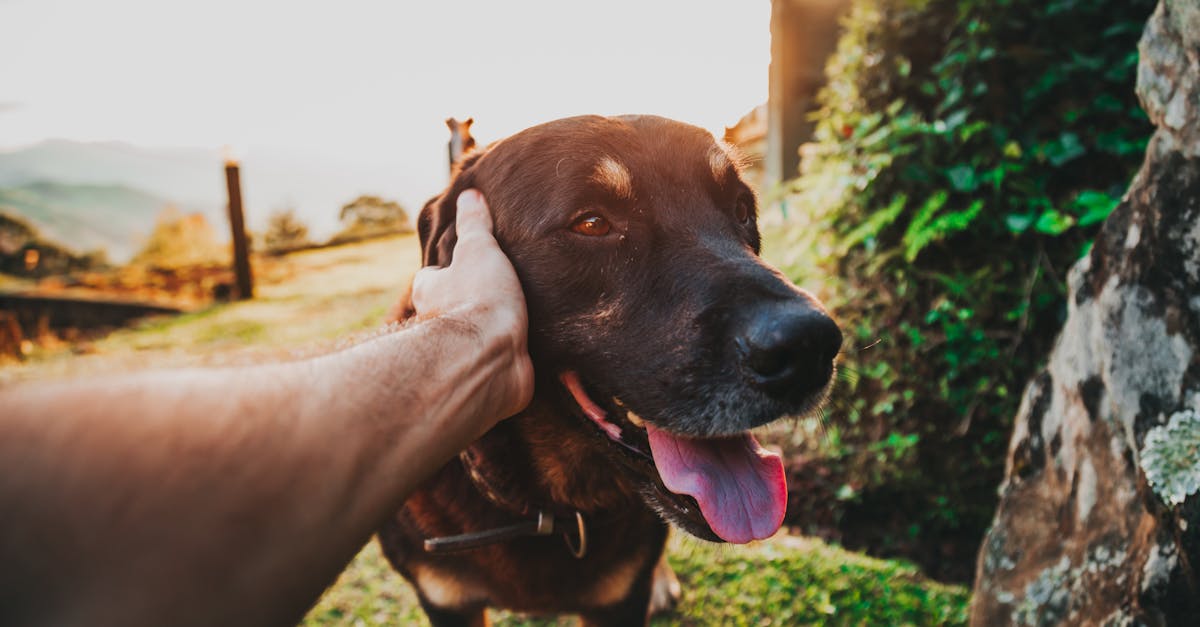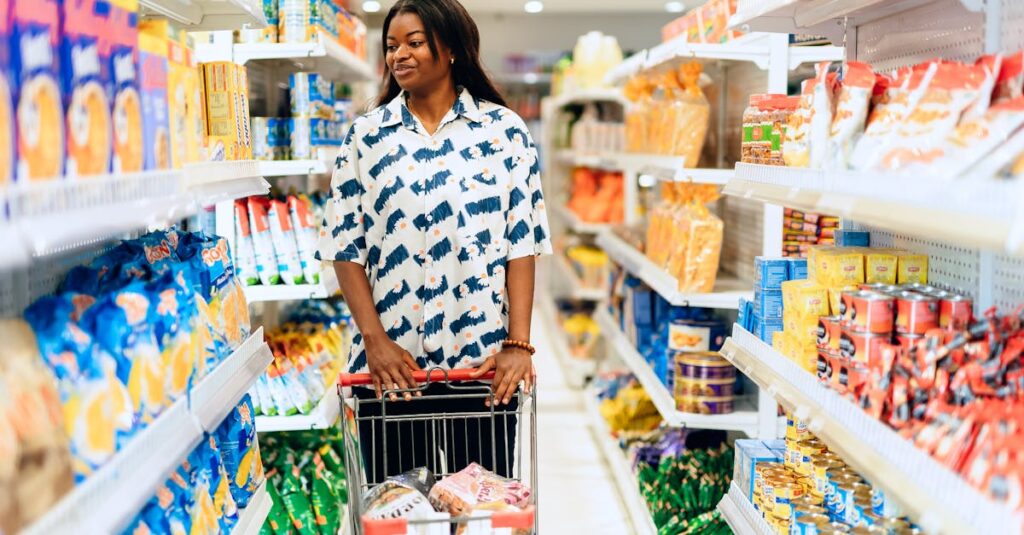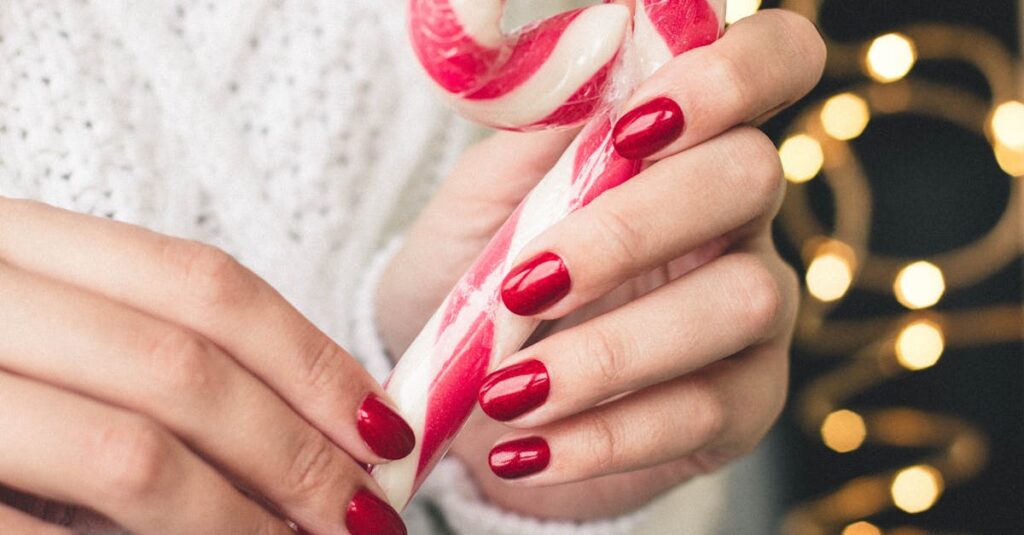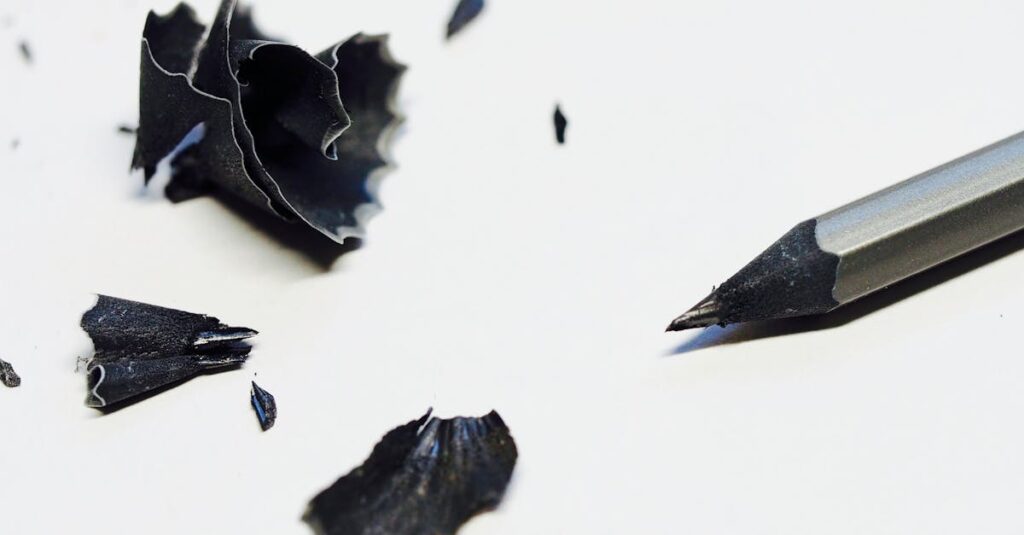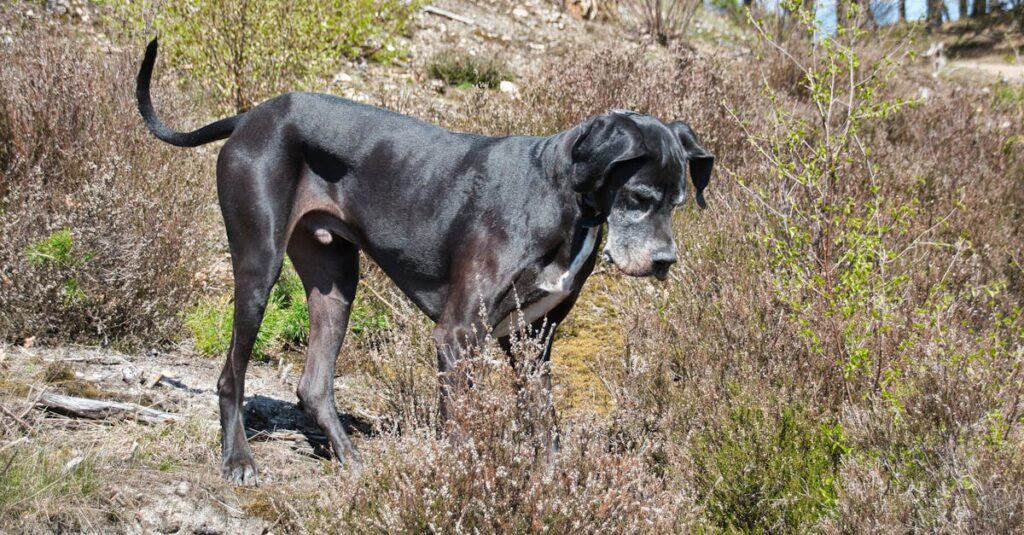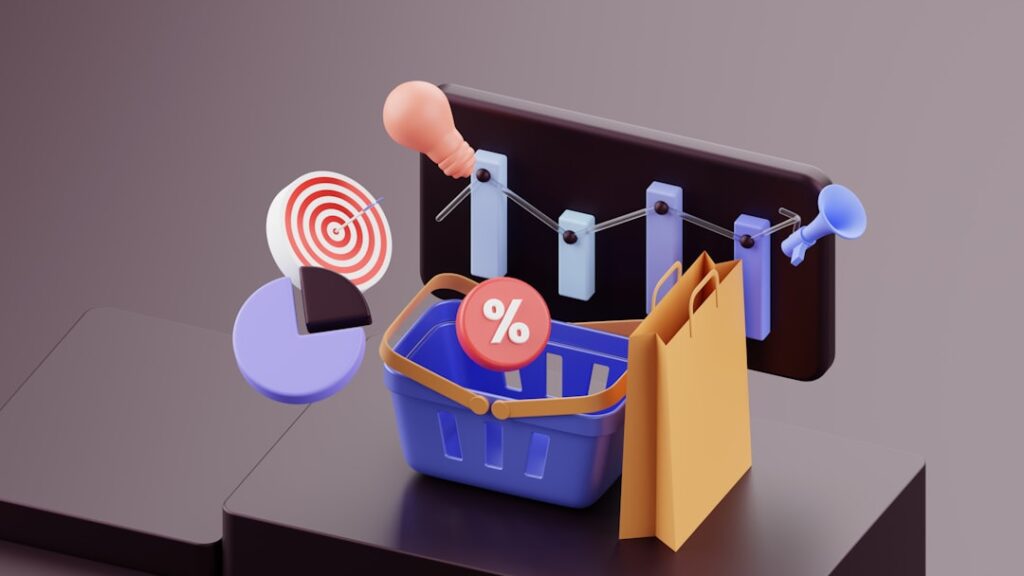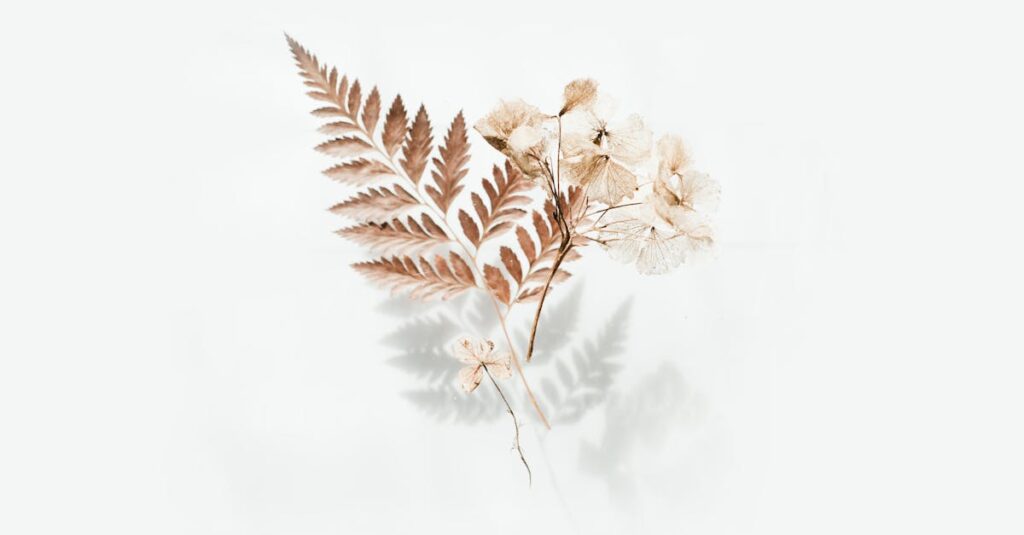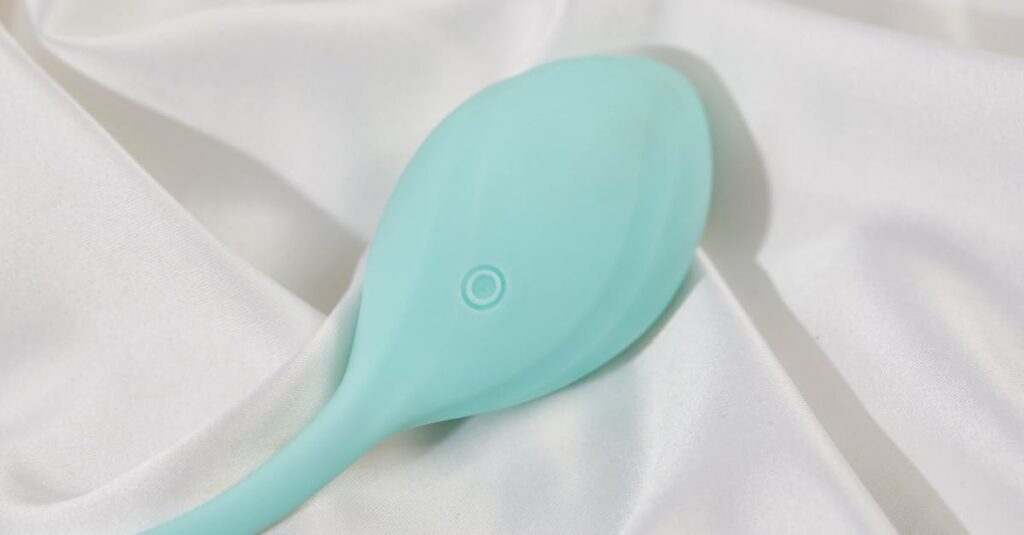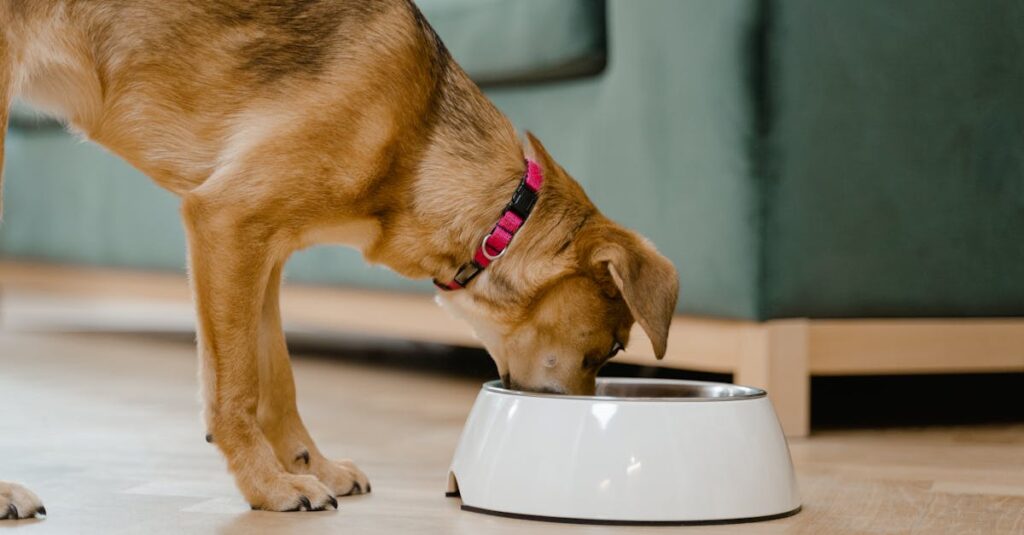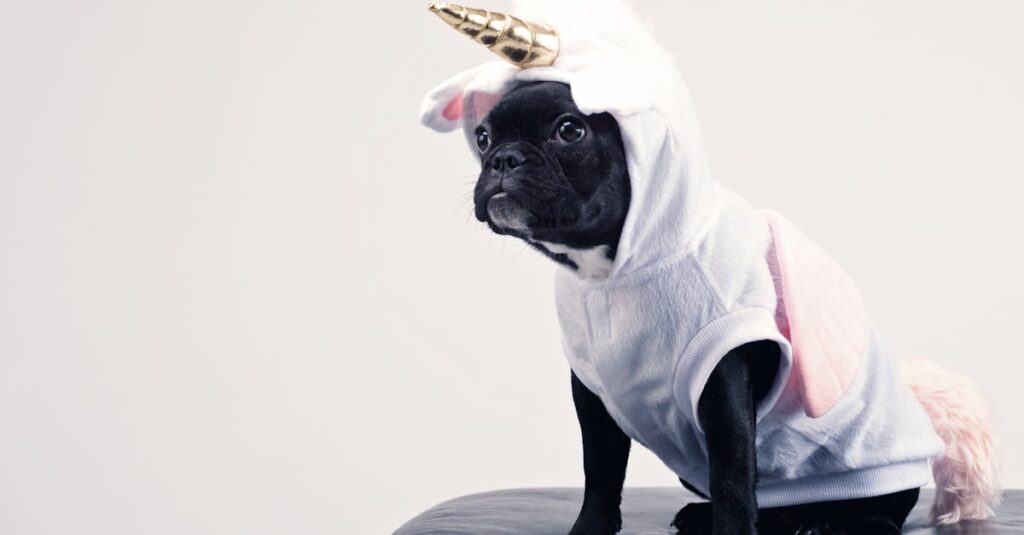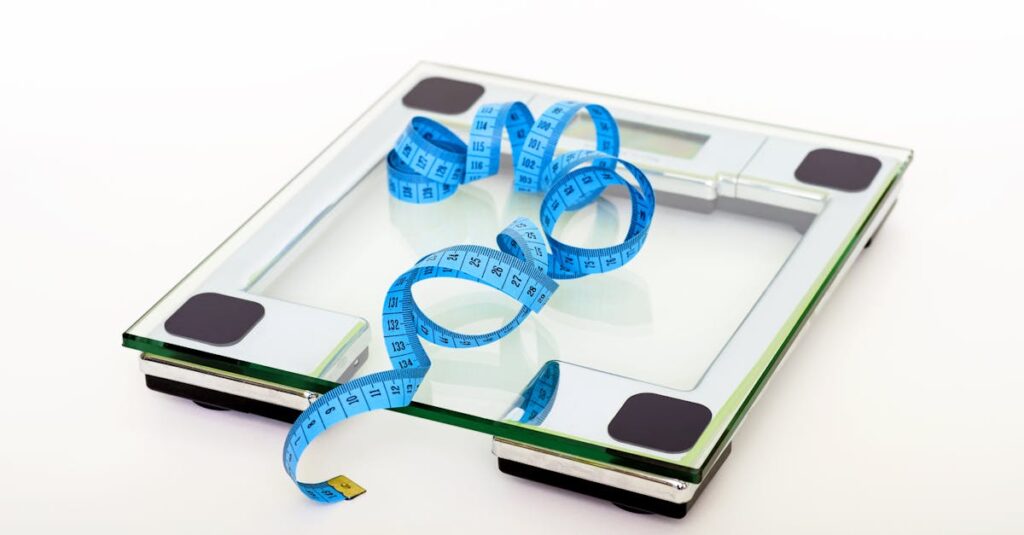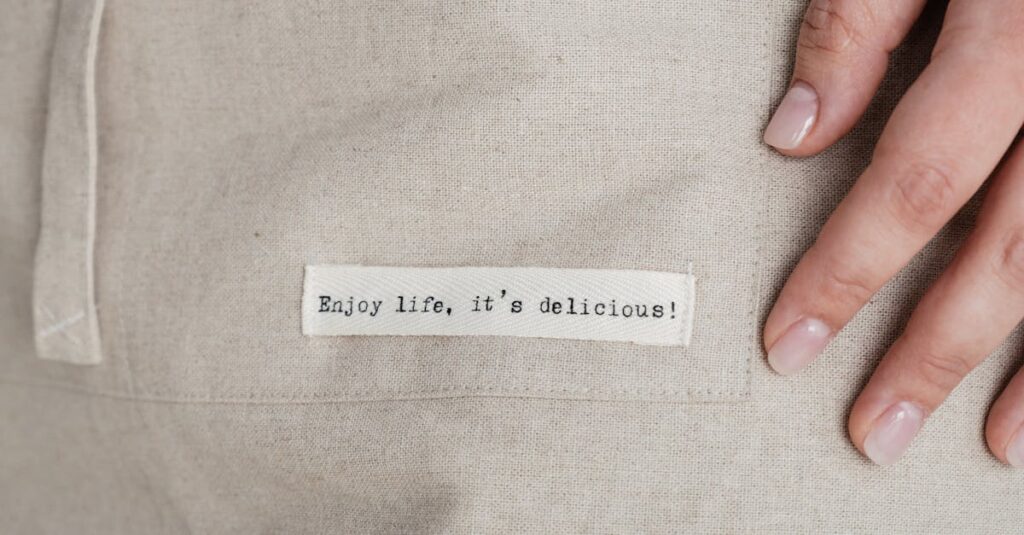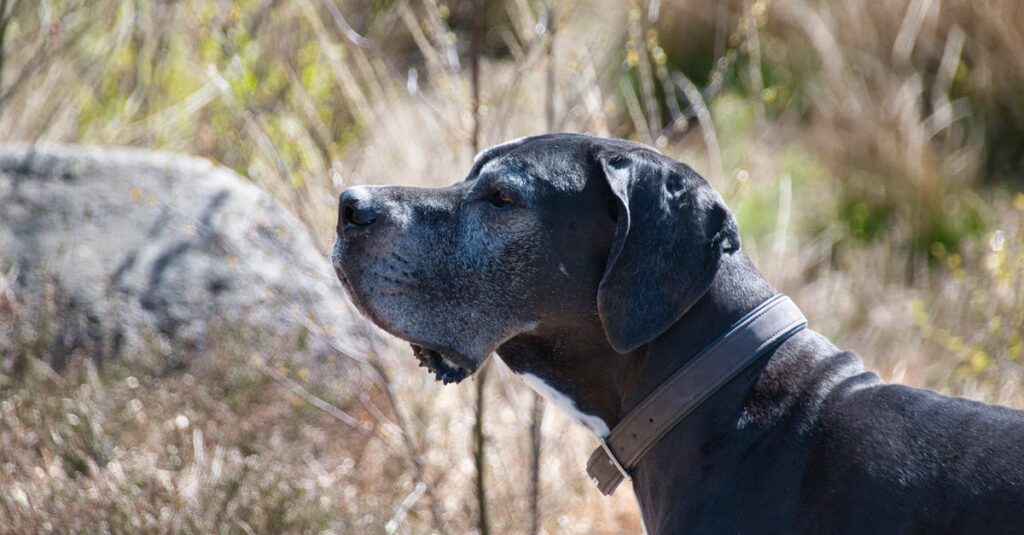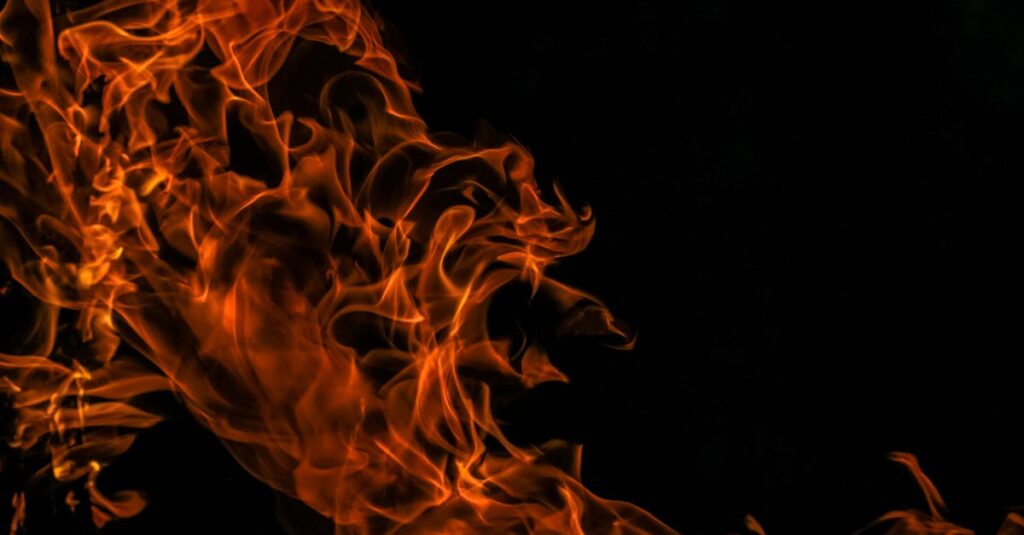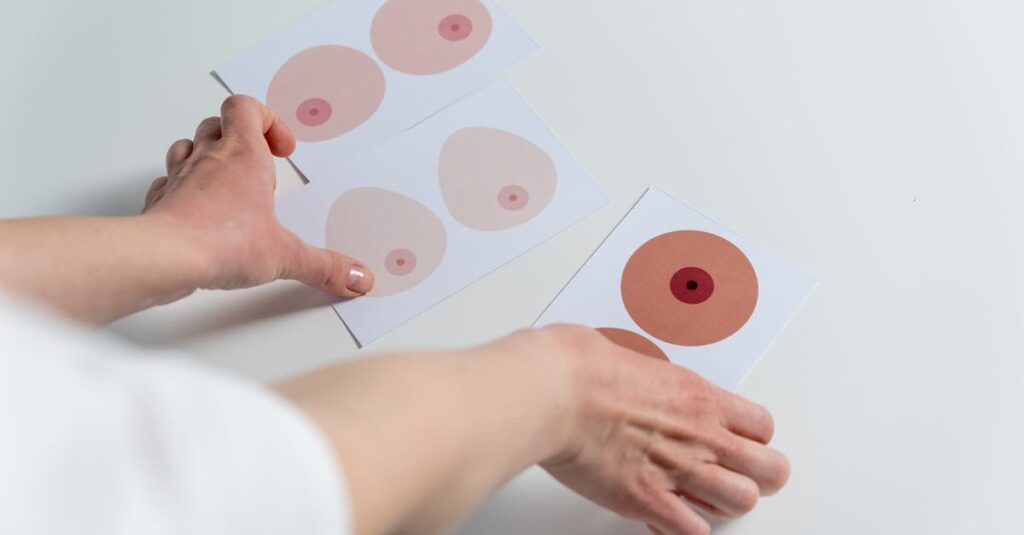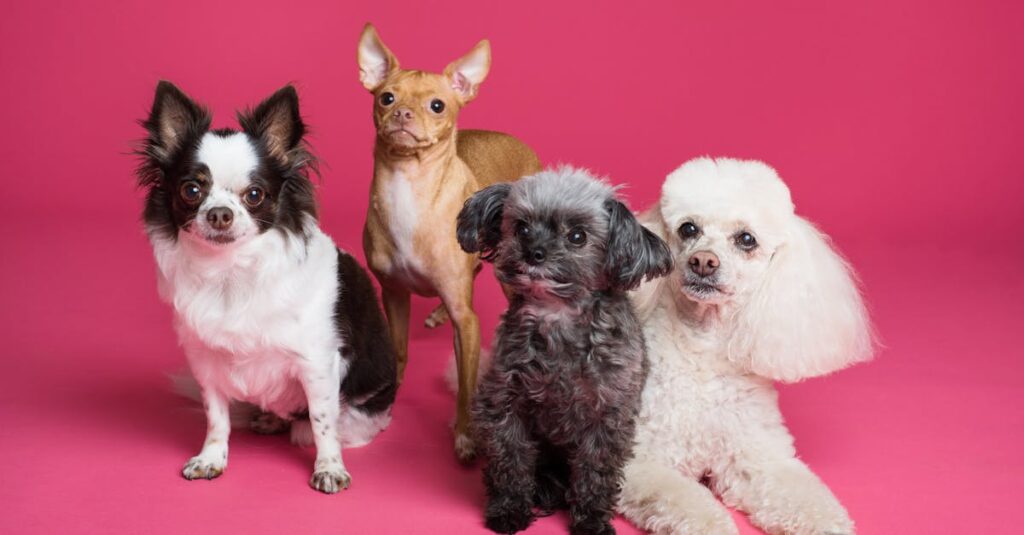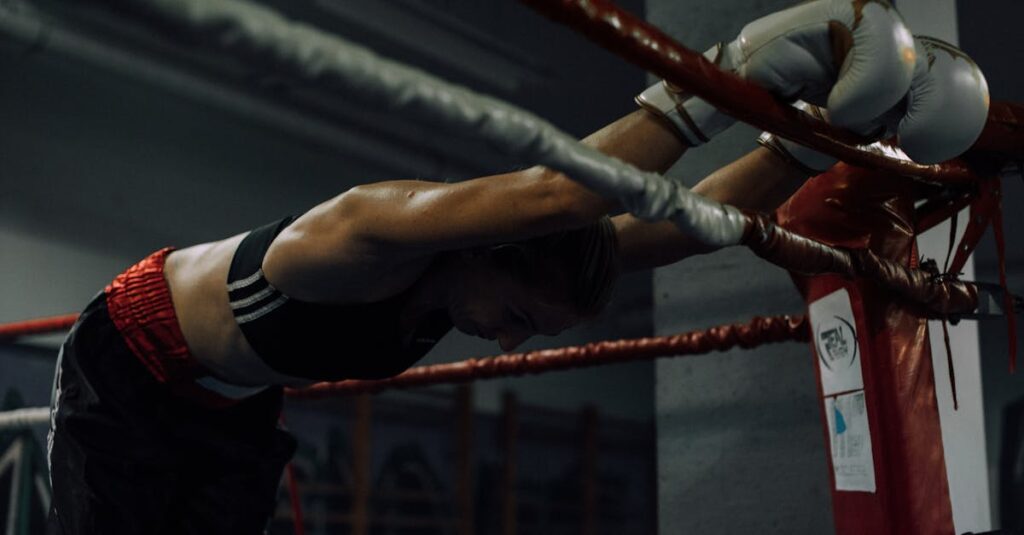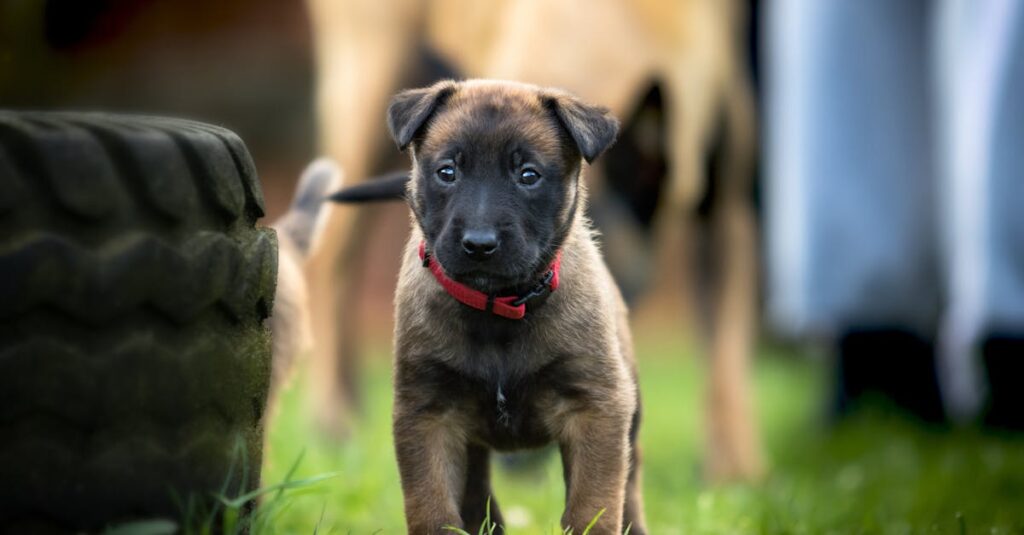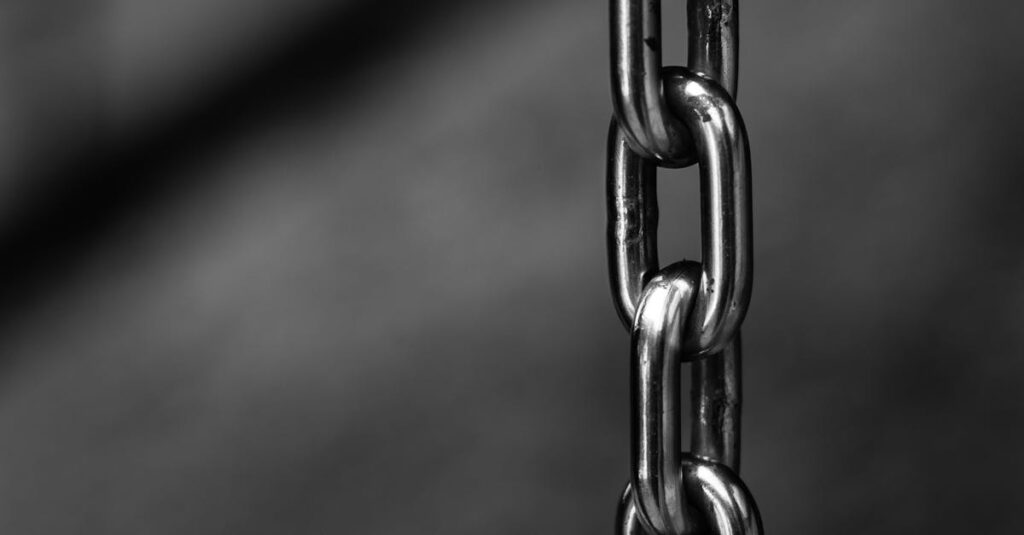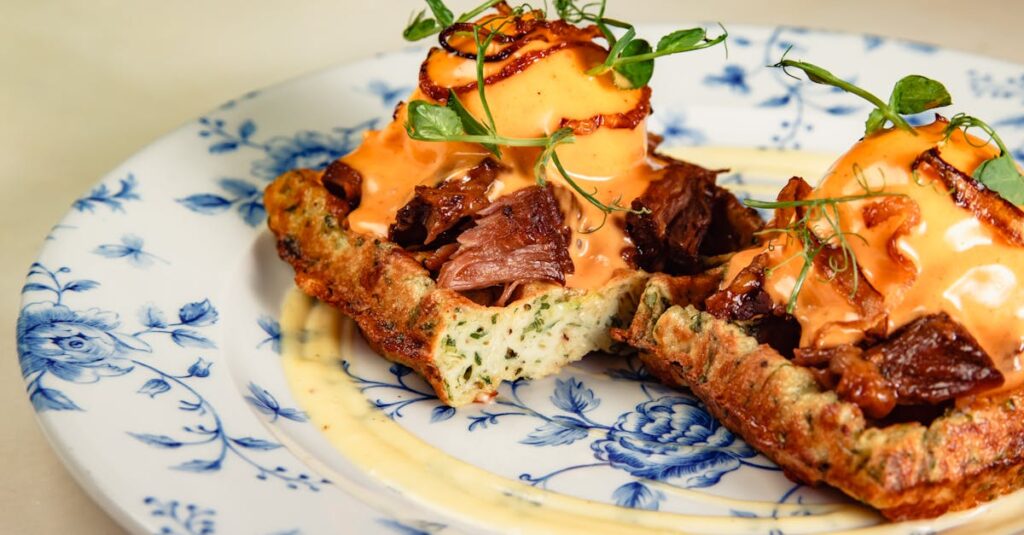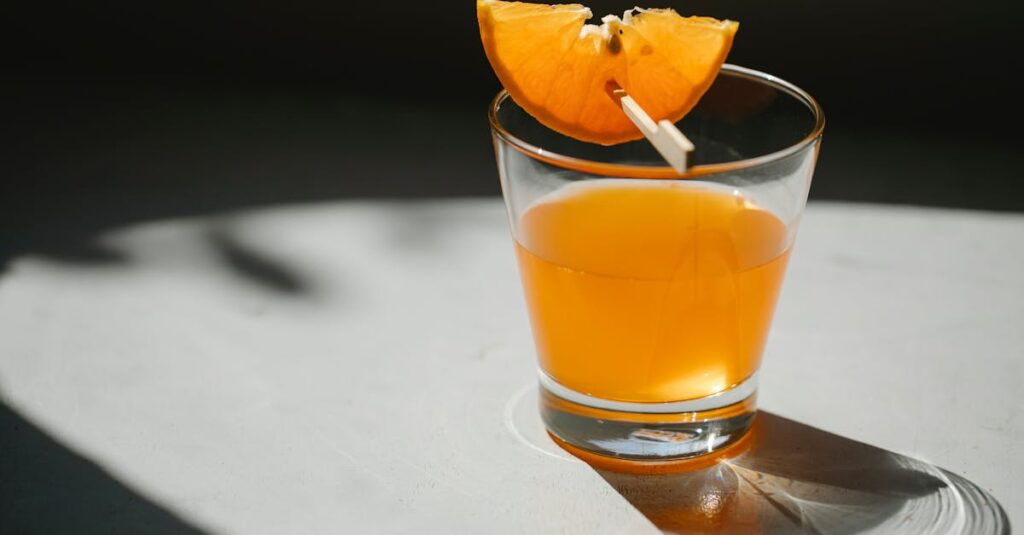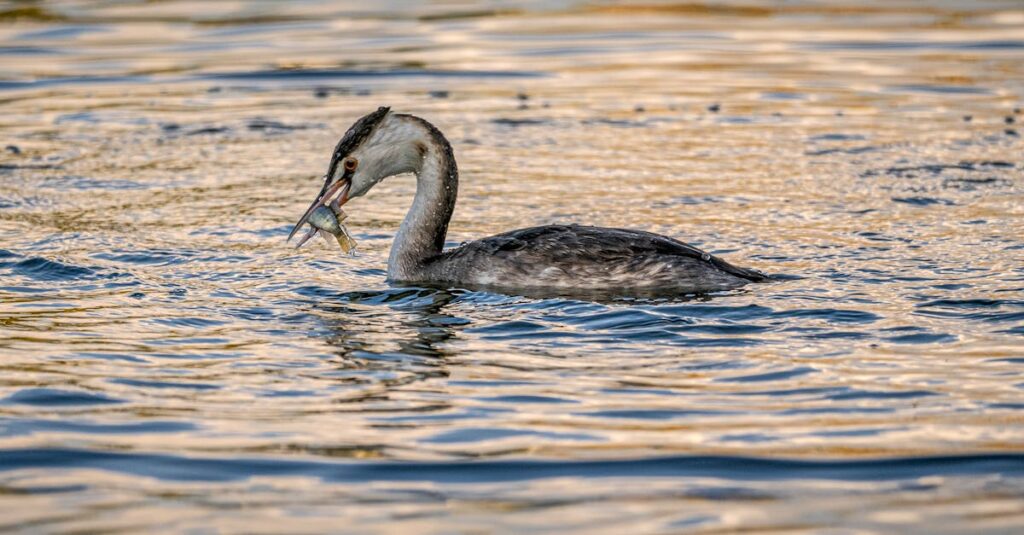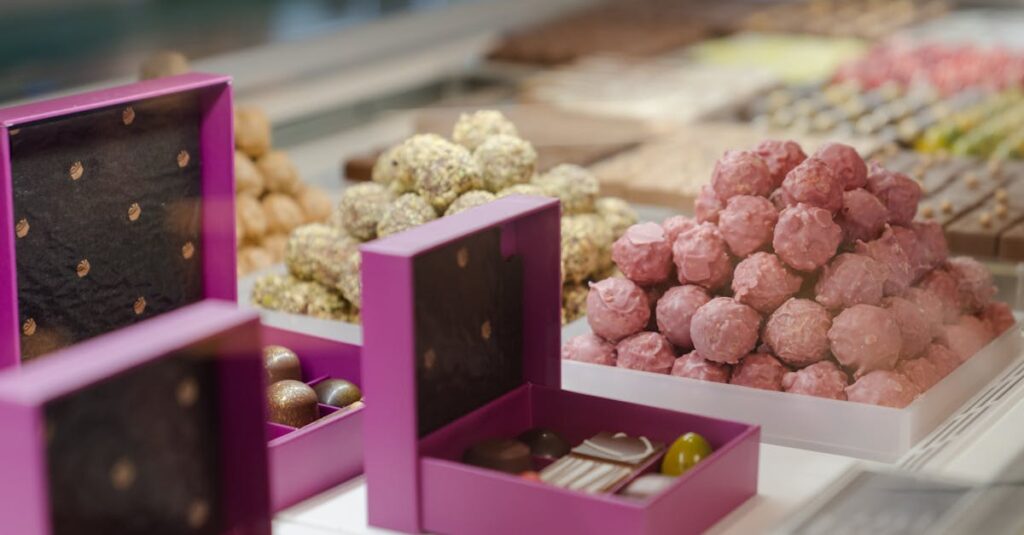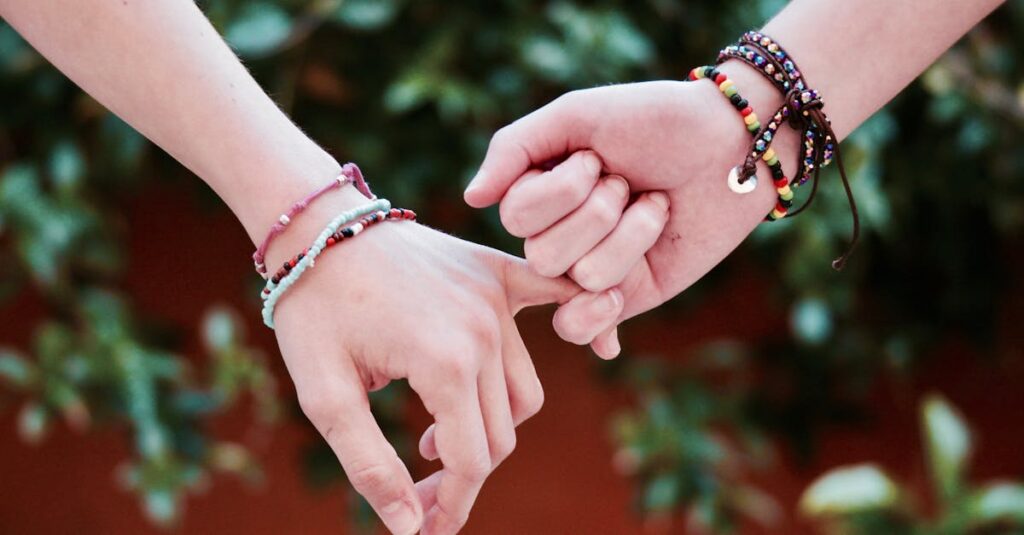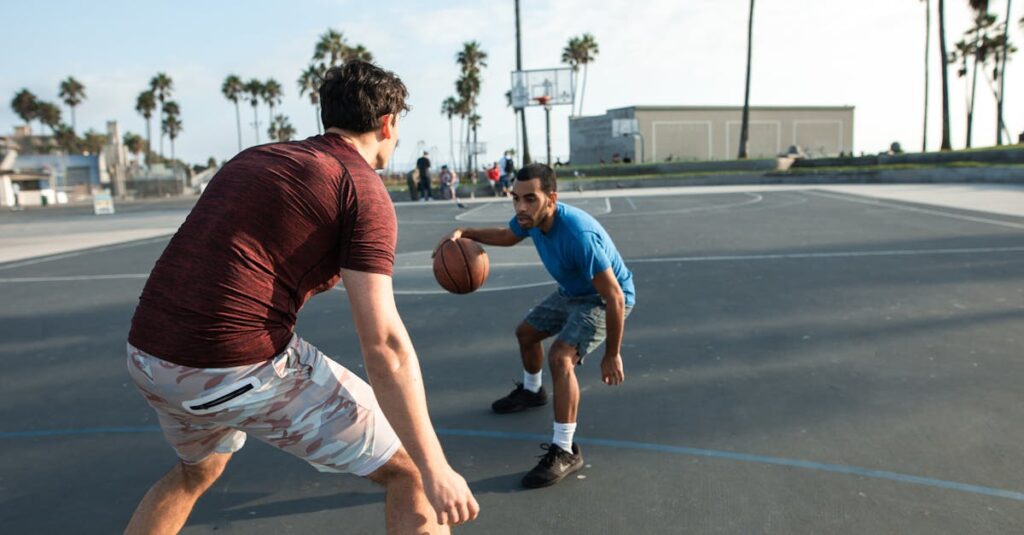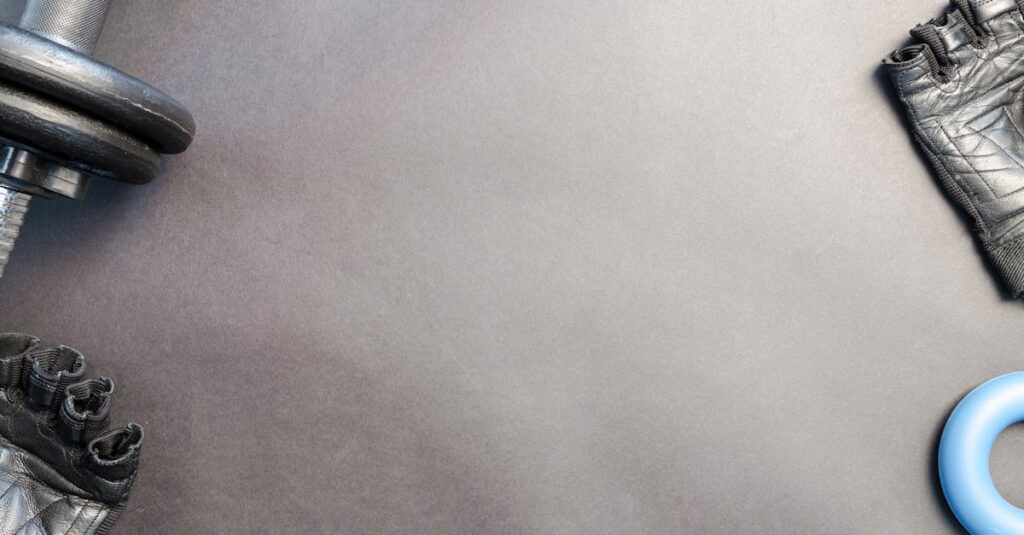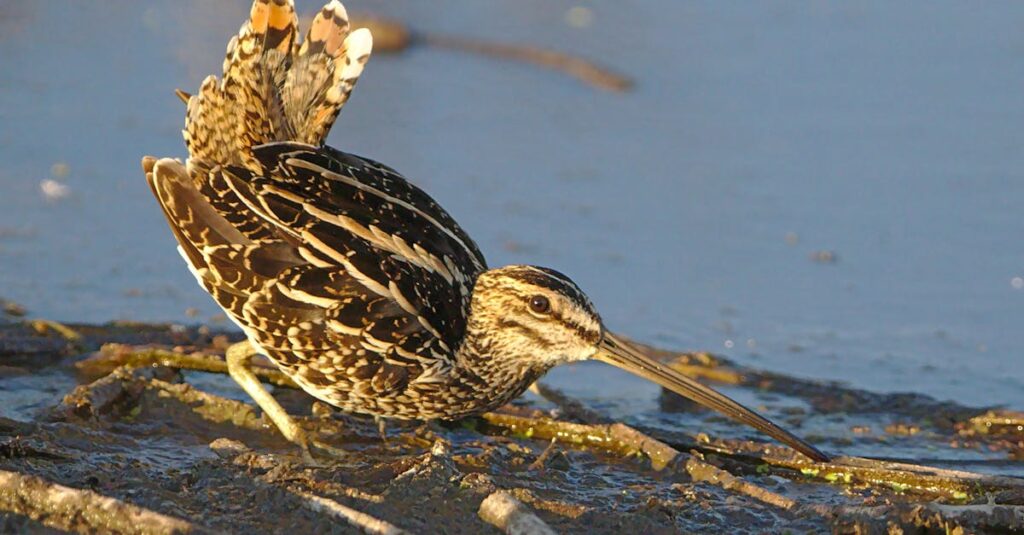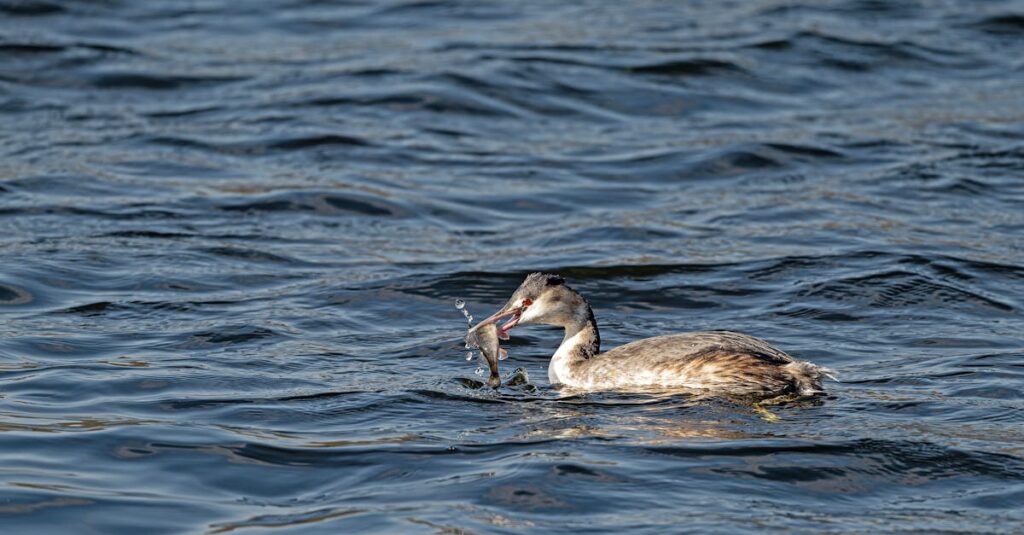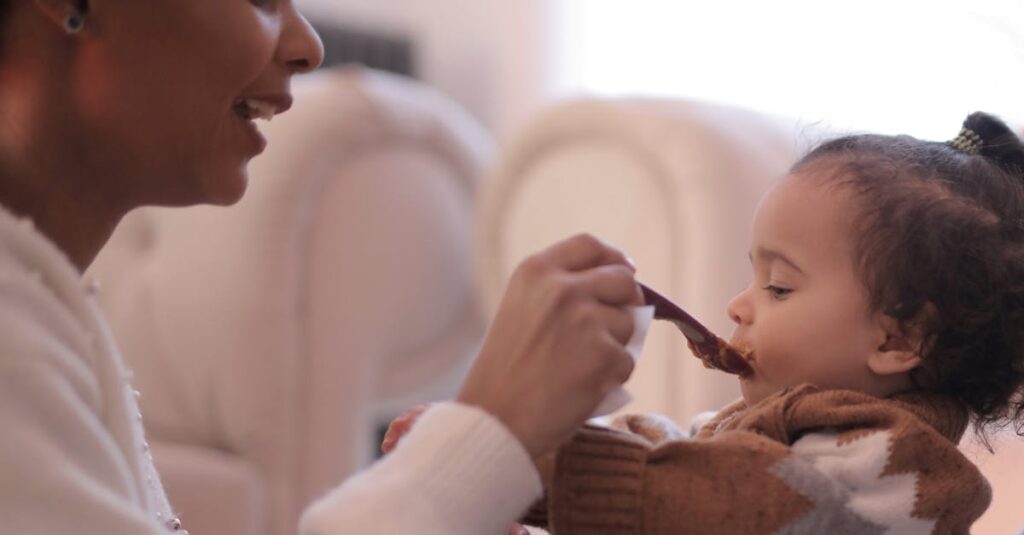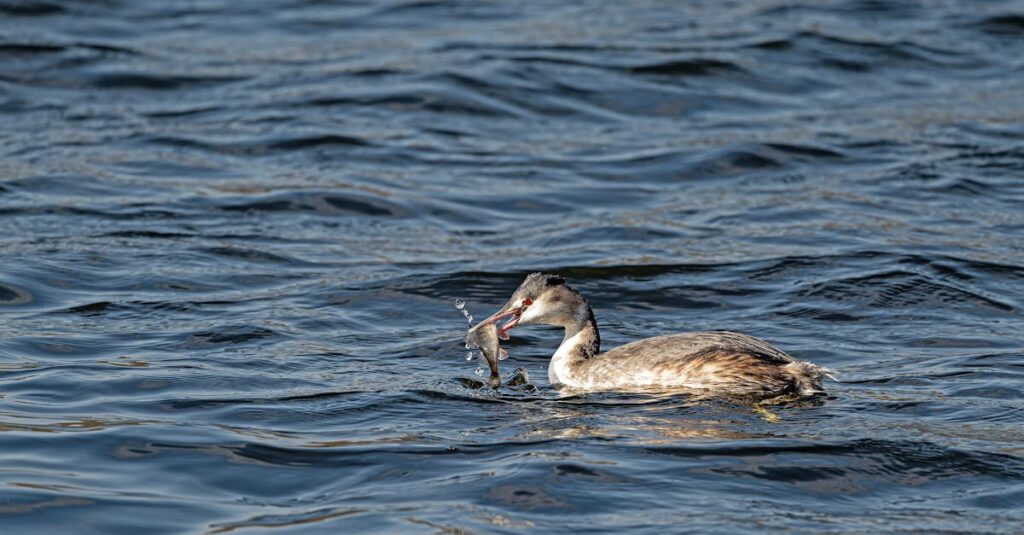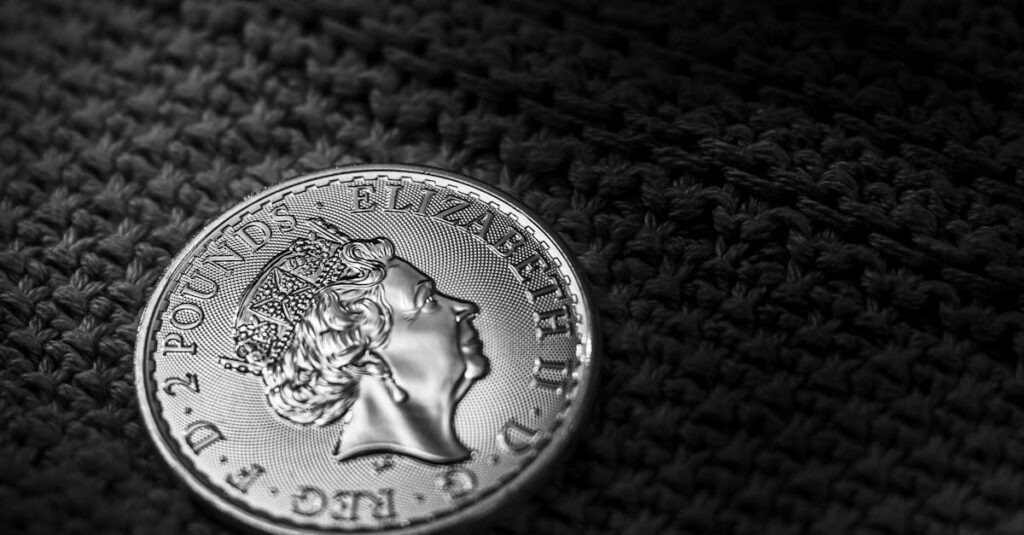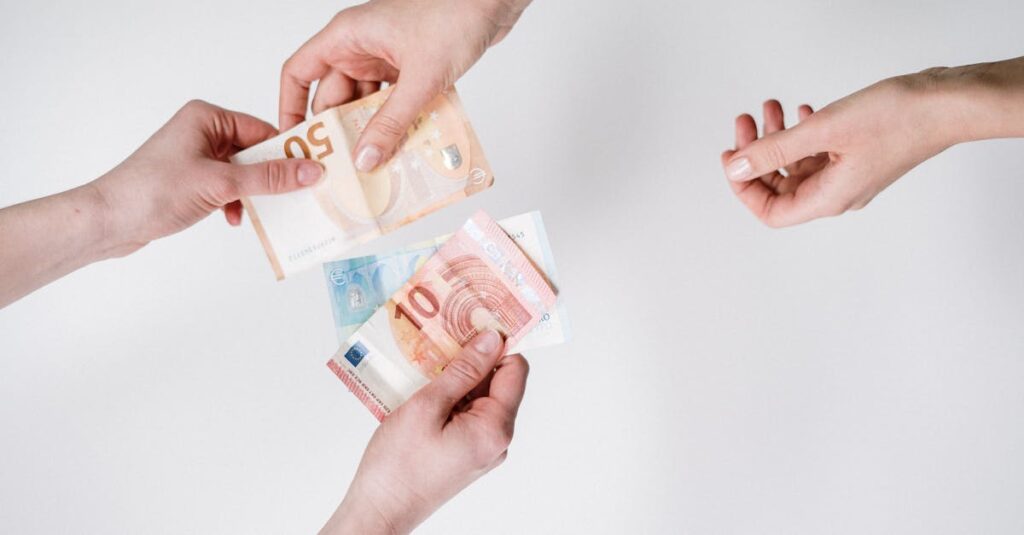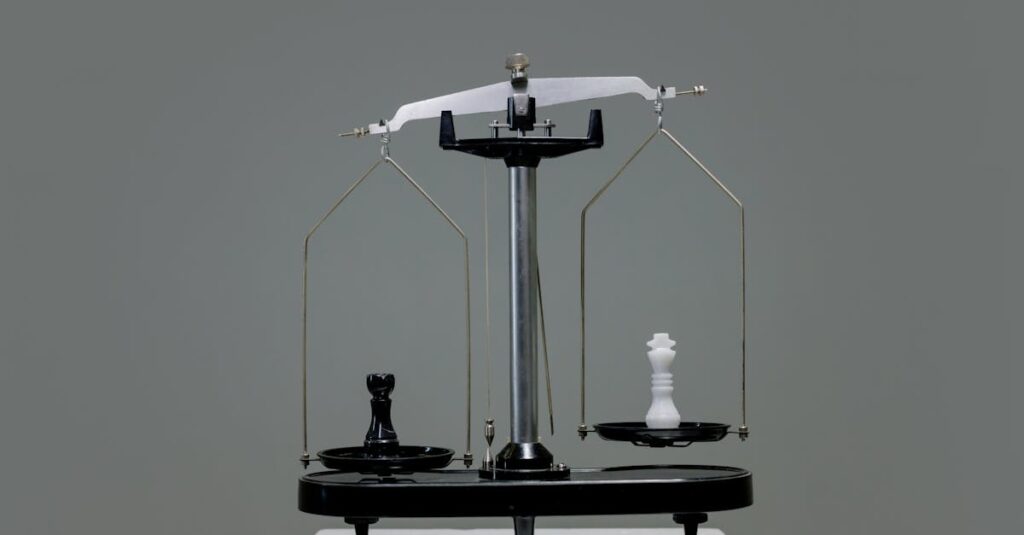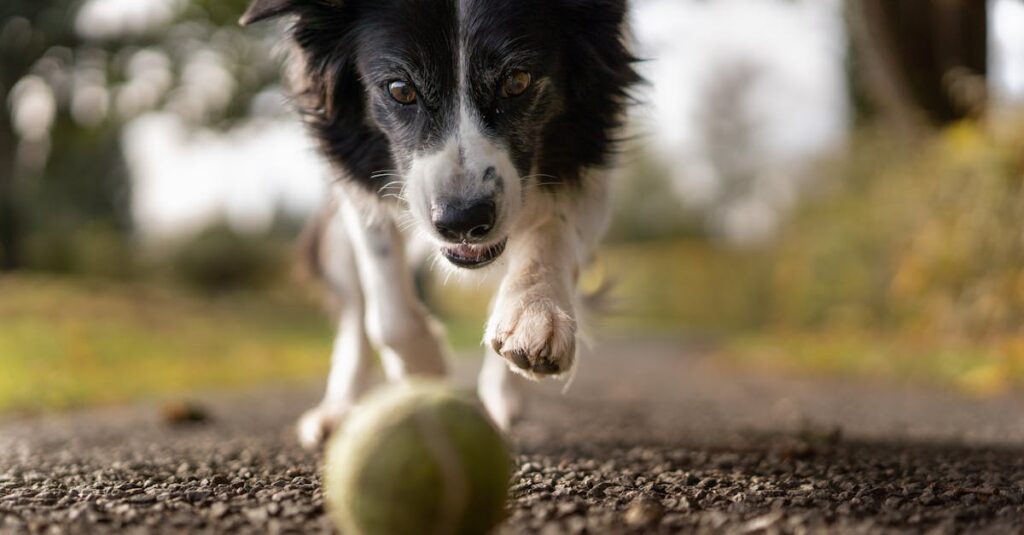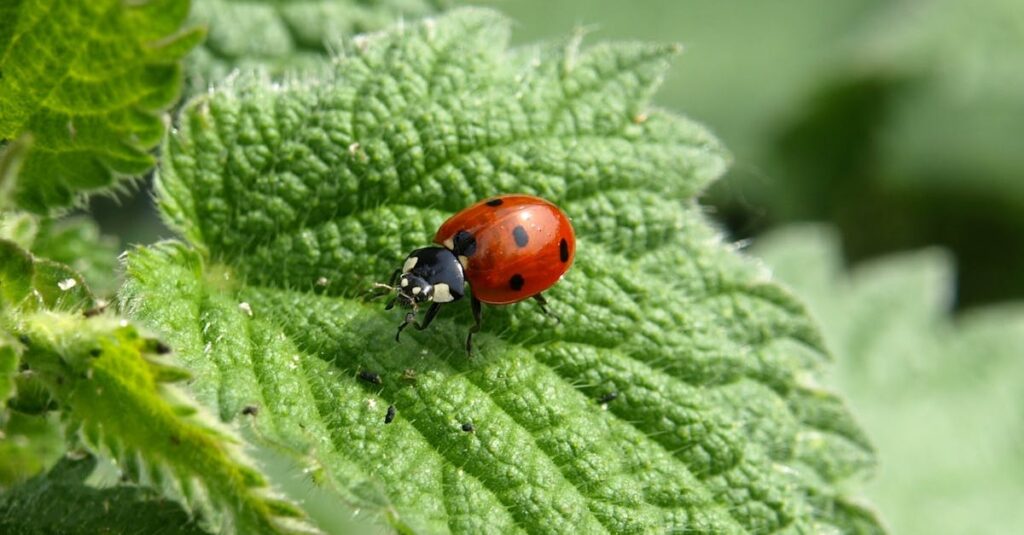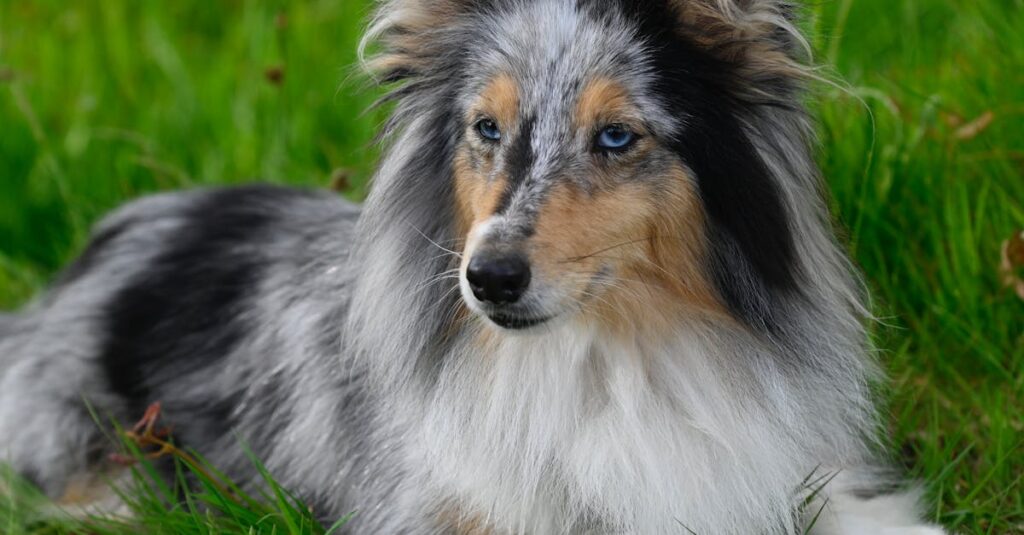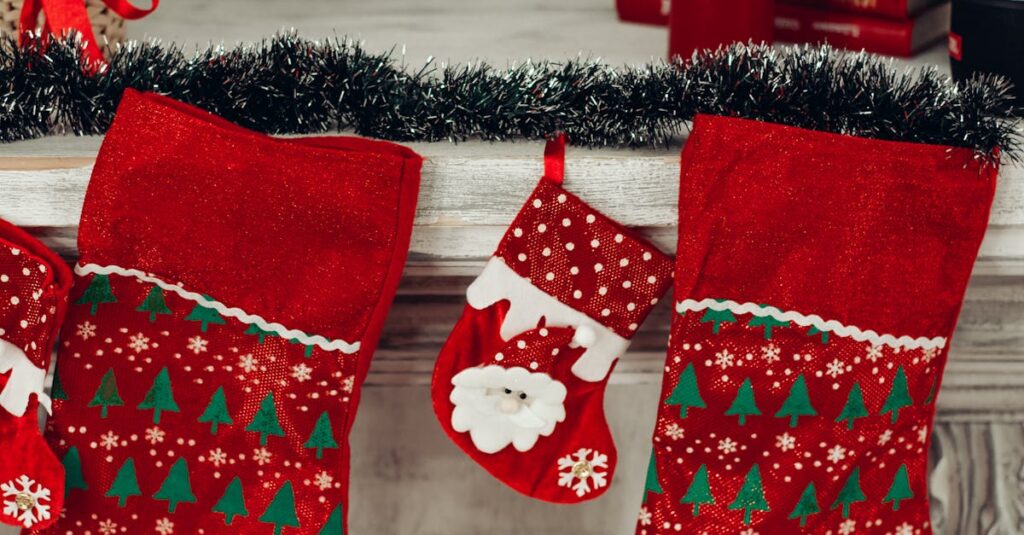Feeding a Great Dane puppy is far from straightforward due to their giant size and rapid growth. If you’re struggling to figure out the right food types and precise quantities to promote healthy development, you’re not alone. Incorrect feeding can lead to severe problems such as bloat, skeletal issues, and improper weight. Fortunately, by understanding their unique nutritional needs and how to adjust portions as your pup grows, you can ensure your “gentle giant” thrives from puppyhood into adulthood with strength and vitality. Let’s dive into the best foods, feeding schedules, and critical nutrients that every Great Dane puppy requires to grow up healthy and happy.
Choosing the Best Food for Your Great Dane Puppy: What You Need to Know
Feeding a Great Dane puppy properly means choosing food tailored to their massive and fast-growing frame. Generic puppy food often lacks the right balance of nutrients required for giant breeds, risking developmental disorders or obesity.
- 🐾 Specialized Giant Breed Puppy Food: Always pick formulas specifically crafted for large or giant breeds. These foods contain the right proteins, calcium, and phosphorus levels to support healthy bone and muscle growth.
- 🥩 High Animal Protein Content: Look for foods where real meat is the first ingredient. Protein levels should ideally range from 23% to 24% to fuel muscle development.
- 🌾 Complex Carbohydrates and Fiber: Whole grains like rice or barley, and vegetables like sweet potatoes and peas help provide lasting energy and digestive health.
- 🧴 Essential Fatty Acids: Omega-3 and Omega-6 fatty acids through ingredients such as fish oils or flaxseed support brain development and a shiny coat.
- ⚠️ Avoid Fillers and Artificial Additives: Steer clear of foods with excessive fillers, artificial preservatives, or coloring that offer no real nutritional value.
Brands like Royal Canin, Hill’s Science Diet, Purina Pro Plan, Merrick, Orijen, Blue Buffalo, Taste of the Wild, Canidae, Wellness, and Eukanuba offer excellent puppy-specific giant breed formulas. I personally trust Royal Canin’s Giant Breed Puppy diet for its tailored nutrient profile.
Types of Puppy Food: Kibble, Wet, Fresh, or Raw?
Your Great Dane puppy’s diet need not be limited to one form, but each has pros and cons affecting digestion and nutrition:
- 🥣 Kibble (Dry Food): Convenient, easy to store, and helps reduce tartar buildup. Larger kibble pieces (>30mm) are recommended to reduce the risk of bloat, a common concern for Great Danes.
- 🥫 Wet (Canned/Pouch) Food: Often higher in fat and hydration but should be fed in moderation due to calorie density.
- 🍽️ Fresh and Home-Cooked Meals: Require diligence in meeting nutritional balances but offer freshness and nutrient variety.
- 🥩 Raw Diet (BARF – Biologically Appropriate Raw Food): Many dogs thrive on raw food; however, puppies might have sensitive stomachs, and careful handling to avoid contamination is a must.
How Much Should You Feed a Great Dane Puppy? Detailed Feeding Quantities by Age
Determining the right amount to feed your Great Dane puppy is crucial to supporting their rapid growth without overloading their digestive system. Overfeeding can risk obesity or skeletal disorders, while underfeeding leads to poor development.
| 📅 Age of Puppy | 🍽️ Daily Food Quantity (cups) | 🍴 Number of Meals Per Day | 🔥 Estimated Caloric Intake |
|---|---|---|---|
| 4 – 6 weeks | Approx. 0.75 cups kibble moistened (1/4 food, 3/4 water) | Unlimited (frequent nursing plus introduction of food) | — |
| 8 – 11 weeks | 2 to 3 cups | 3–4 meals 🥘🥘🥘 | 884 – 1,487 Kcal |
| 12 weeks – 6 months | 5 cups (gradually increasing) | 2–3 meals 🍽️🍽️ | 1,667 – 2,445 Kcal |
| 7 – 12 months | 4.25 to 7 cups | 2 meals | 1,870 – 3,149 Kcal |
Establishing a feeding routine with multiple smaller meals (3 to 4 times daily for young puppies) helps reduce bloat risk. As your pup matures, shift to twice daily feeding. Remember, sudden changes in food quantity or type can upset their stomach. Gradual transitions over 10 to 14 days are best.
Signs You’re Feeding the Right Amount
- 🎯 Healthy Weight Gain: Monitor your puppy’s weight with a growth chart, ensuring steady progression without excessive fat accumulation.
- 👏 Consistent Energy: Adequate food keeps your puppy playful and responsive but not hyperactive or lethargic.
- 🐕🦺 Body Condition: You should be able to feel (but not see prominently) ribs beneath a slim layer of fat.
Essential Nutrients Great Dane Puppies Need for Optimal Growth
Understanding the key nutrients your Great Dane puppy must receive daily will empower you to choose the best food and supplements if necessary.
- 🍗 Animal Protein (23–24%): Supports muscle development and tissue repair.
- 🌽 Complex Carbohydrates: Provides sustained energy through quality grains and vegetables.
- 🍠 Fiber: Promotes good digestion and satiety. Sources include sweet potatoes and beet pulp.
- 🐟 Omega Fatty Acids (approx. 12% fat intake): Crucial for brain, eye development, coat, and skin health.
- 🦴 Calcium & Phosphorus: Maintains bone health but must be carefully balanced to prevent skeletal issues common in giant breeds.
- 🥕 Vitamins and Minerals: Proper quantities tailored for giant breeds avoid pitfalls like excess calcium leading to growth problems.
High-quality brands such as Eukanuba and Blue Buffalo formulate their giant breed puppy foods with these balances in mind, making them trusted choices.
Care Tips to Keep Your Great Dane Puppy Healthy While Feeding
Beyond quality and quantity of food, feeding habits and environment significantly affect your puppy’s health.
- ⏰ Feed Smaller, Frequent Meals (3-4 times daily) to reduce bloat risk ✋.
- 🚶♂️ Wait 1-2 Hours Post-Meal Before Exercise to prevent gastric torsion, a common and dangerous condition for Great Danes.
- 🧴 Ensure Clean, Fresh Water is always accessible to keep hydration optimal.
- 📋 Monitor Weight and Body Condition weekly and consult your vet regularly for tailored advice.
- ⚠️ Avoid Overfeeding and Excess Treats, which can quickly lead to unhealthy weight and joint strain.
Frequently Asked Questions About Feeding Great Dane Puppies
- ❓ When should I switch my Great Dane puppy to adult food?
Typically, between 12 and 15 months, but ensure a gradual transition over at least two weeks to avoid stomach upset.
- ❓ Should I give my puppy supplements?
High-quality giant breed puppy food usually provides all necessary nutrients. Consult your vet before adding supplements.
- ❓ What if my puppy refuses to eat?
This can signal illness or stress. Try gentle coaxing, but a veterinary visit is crucial if refusal continues.
- ❓ Can Great Danes eat bones?
Raw bones in supervised settings can be beneficial, but always avoid cooked bones to prevent splintering risks.
- ❓ Are there any foods I should avoid?
Yes, steer clear of foods with artificial additives, excessive fillers, and human foods toxic to dogs like chocolate, grapes, and onions.
Understanding what to feed a Great Dane puppy and how much can be the difference between a healthy giant and one vulnerable to health risks. For deeper insights, don’t miss our guides on daily food requirements for Great Danes and exploring the cost implications of owning a purebred Great Dane. You can also discover more about different coat colors like the unique mantle Great Dane.
Investing time in proper nutrition during the puppy stage lays the foundation for a long, happy life with your majestic companion.

